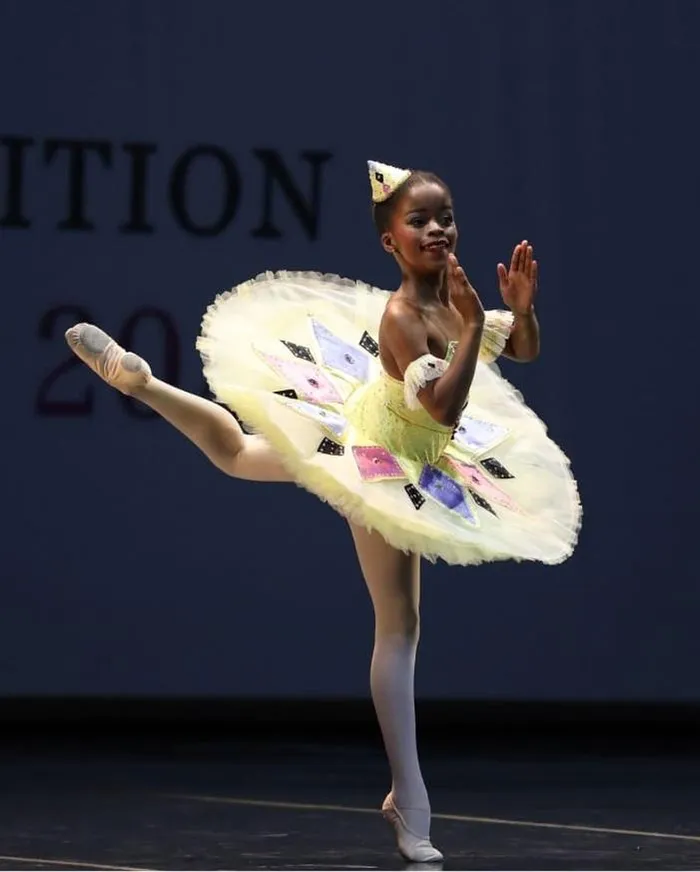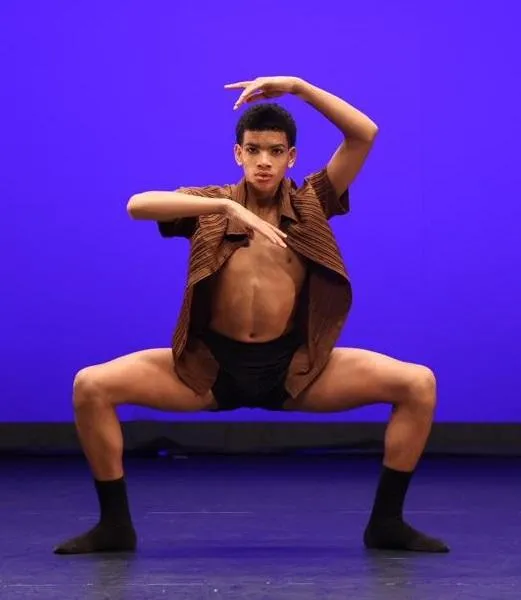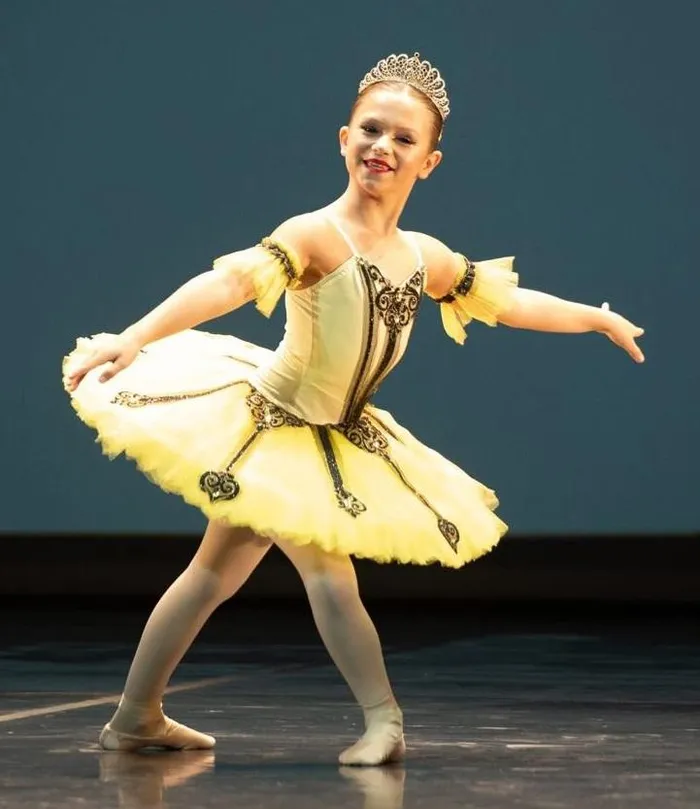
Main picture, key picture, caption to come
Image: Supplied
FOOTBALLERS do it. So do boxers.
We’re talking about ballet, long regarded as both an art and a sport , which has gained recognition as a powerful tool to boost reflexes and agility in top athletes.
Former England defender Rio Ferdinand famously credited ballet with improving his game and extending his career.
Here in South Africa, the interest in ballet is growing, but the funding needed to propel it to the next level is sorely lacking.
That hasn't deterred Dirk Badenhorst, a ballet dancer, teacher, founder of Mzansi Ballet and the person who started the South African International Ballet Competition (SAIBC), which just wrapped up in Cape Town. He believes ballet is growing and only just getting started.
“The purpose of the competition from the beginning was to be able to bring the world to South Africa without having to fly South Africa to the world, because it's easier to bring 12 people here than it is to fly 150 people there.”

Caption to come - top KZN dancer
Image: Supplied
Badenhorst says the competition is about exposing South Africa’s talent to the world, while also exposing local dancers to global excellence.
As more people train in ballet, he says, more will develop an interest in it, leading to a bigger audience. “And the bigger our audience has become, the more jobs we can create. And then the circle starts becoming a beautiful spiraling up, instead of a spiraling down.”
This year, the SAIBC entered its 17th year and hosted dancers from more than 10 countries. The competition featured over 130 dancers across three age categories: 9–12, 13–16, and 17–22.

Caption to come - young kzn dancer
Image: Supplied
Since its inception the competition has attracted elite international judges. This year’s jury brought nearly 200 years of combined experience to the event.
“I always say, when they write a score down, that score is loaded with those years of experience that each adjudicator brings. And I don't want the adjudicators to agree, because what's the point of having seven adjudicators that agree? They have to disagree, and they have to vote for what they like and what they believe in.”
Eight of South Africa’s nine provinces were represented in this year’s competition. That growth, according to Badenhorst, is largely attributed to the regional competitions he introduced a few years ago to take ballet to the people.
“I have to go out and make them aware, and that's really my task as the director of the SAIBC, to ensure that ballet gets its recognition in this country.”
He believes in growing an industry, not just showcasing stars.
“I always say to people, that moment when I go backstage and I see the kids from all over the country, all over the world, all over the continent, sitting side stage and cheering for the dancers on stage, is just absolutely what the competition is about. Which is why everybody that has ever come to this competition has always mentioned the spirit of being together, of support, of being part of a bigger family. Every single international competitor that I've had here has commented on that.”
Despite the recognition, funding remains a major stumbling block.
“I absolutely believe it's growing. I absolutely believe that we need better funding. A pair of pointe shoes is exceptionally expensive. Costumes are expensive….”
To build long-term sustainability, Badenhorst started the Training Teachers in the Townships programme about five years ago. The programme trained people who knew ballet, as well as those who were new to it.
“Instead of trying to bring 20 kids from the township to one teacher, I'm bringing 20 teachers from a township to come and train to become teachers so that they can then go out and they can then each start training another 100 to 200 kids. So suddenly the multiply effect is incredible.”
While many prizes were won at the SAIBC, this year Durban teacher Taryn Makaab Smit received a special award for her entries and dedication to developing ballet.
Badenhorst insists that ballet must be seen as a commodity and not a ‘nice to have’.
“It gives people hope. It gives people better posture, better muscle development, better balance, better strength. If you think of soccer players around the world doing ballet, it makes them jump higher, reach further.”
One of his proudest achievements is the production, Gold – The Ballet of Mapungubwe. “That suddenly made ballet speak African,” he says. “It started reaching audiences that had never been interested in ballet.”
He has called on CEOs to fund ballet, especially those who did it when they were younger.